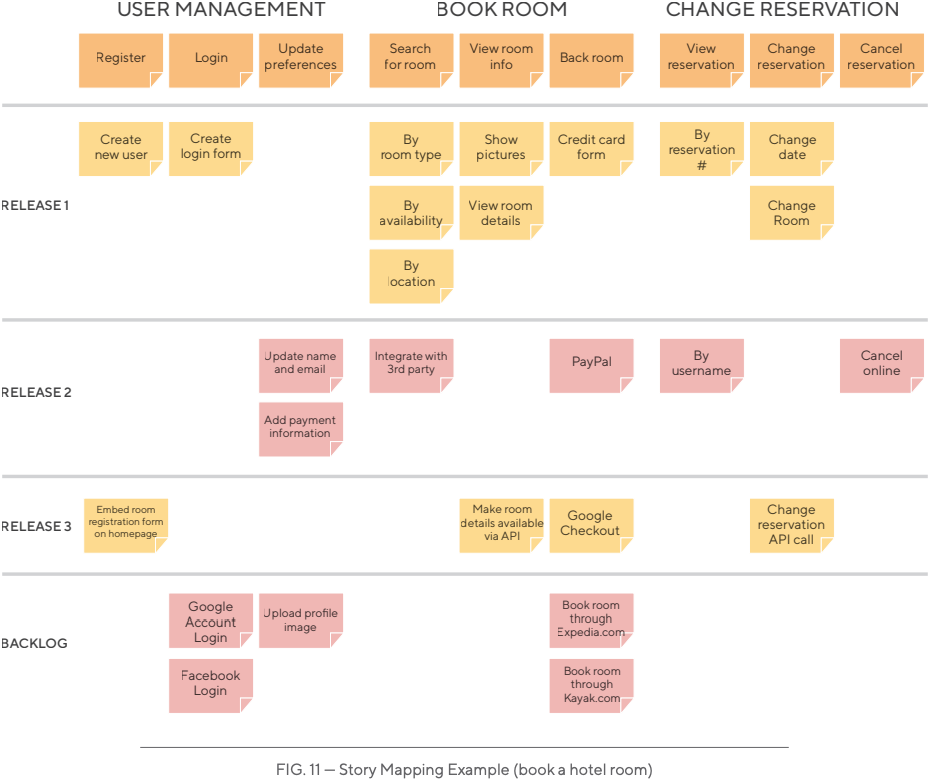What Is SAAS Conversion Rate?
A SaaS conversion rate is a metric that measures the number of conversions (i.e. the number of people who complete a desired action) across a variety of marketing channels eg paid search, email funnels, and website landing pages.
A desired actions could be:
- Downloading a free report
- Requesting a product demo
- Signing up for a free trial
- Purchasing or renewing a subscription to a product
- Attending a webinar
SaaS Conversions Vs Ecommerce Conversions
SAAS conversion rates are different from eCommerce and other industries
The definition of “conversion rate” is nuanced
For eCommerce, it usually means people who make a purchase.
In SaaS, there are numerous types of conversion.
Visitor to Trial
Trial to qualified lead,
Trial to paying customer,
Freemium to paying customer.
There are different benchmarks and best practices for each conversion type.
If your goal is to maximise the percentage of trial users, focus on marketing.
If you need to increase the trial conversion rate, you should definitely invest in user experience and customer success.
Example 6 Step Funnel
Website visitor
Lead
MQL
SQL
Opportunity
Closed
Lead
A prospect that has submitted contact information.
MQL
A potential customer that has been reviewed by the marketing team and satisfies the criteria necessary to be passed along to the sales team
SQL
A prospective customer that has been researched and vetted – first by your marketing department and then by your sales team. An SQL has displayed intent to buy your company’s products and has met an your lead qualification criteria that determine whether a buyer is a right fit. The prospect is ready to be converted into a paying customer.
Inbound Marketing Funnel Conversion Rates
Inbound conversion rates will measure the success of your inbound marketing.
| KPI Stages | Next goals | Average |
| Unique visitors | Get contact details | N/A |
| Contacts & Subscribers | Nurture to MQL | 5.00% |
| Marketing Qualified Leads (MQL) | Get a meeting | 20.00% |
| Sales Accepted Leads (SAL) | Qualified by SDR | 43.75% |
| Sales Qualified Leads (SQL) | Qualified by Account Executive | 63.33% |
| Opportunities (CRM) | Assign opportunity amount ($) and product | 43.33% |
| Wins | Revenue committed by prospect | 31.25% |
| All-up conversion rate (top to bottom) | Visitor to win | 0.05% |
Outbound Marketing Funnel Conversion Rates
Outbound conversion rates will depend on the quality and fit of your initial prospect pool, the channels used to reach them, and quality of messaging and content
| KPI Stages | Next goals | Average |
| Outbound contacts (Prospects) | Prioritize targeted outreach and content | N/A |
| Marketing Qualified Lead (MQL) | Get a meeting (BDR) | 15.00% |
| Sales Accepted Leads (SAL) | Qualify by SDR | 42.50% |
| Sales Qualified Leads (SQL) | Qualify by Account Executive | 55.00% |
| Opportunities | Assign opportunity amount ($) and product | 50.00% |
| Wins | Revenue committed by prospect | 37.50% |
| All-up conversion rate (top to bottom) | Visitor to win | 0.03% |










